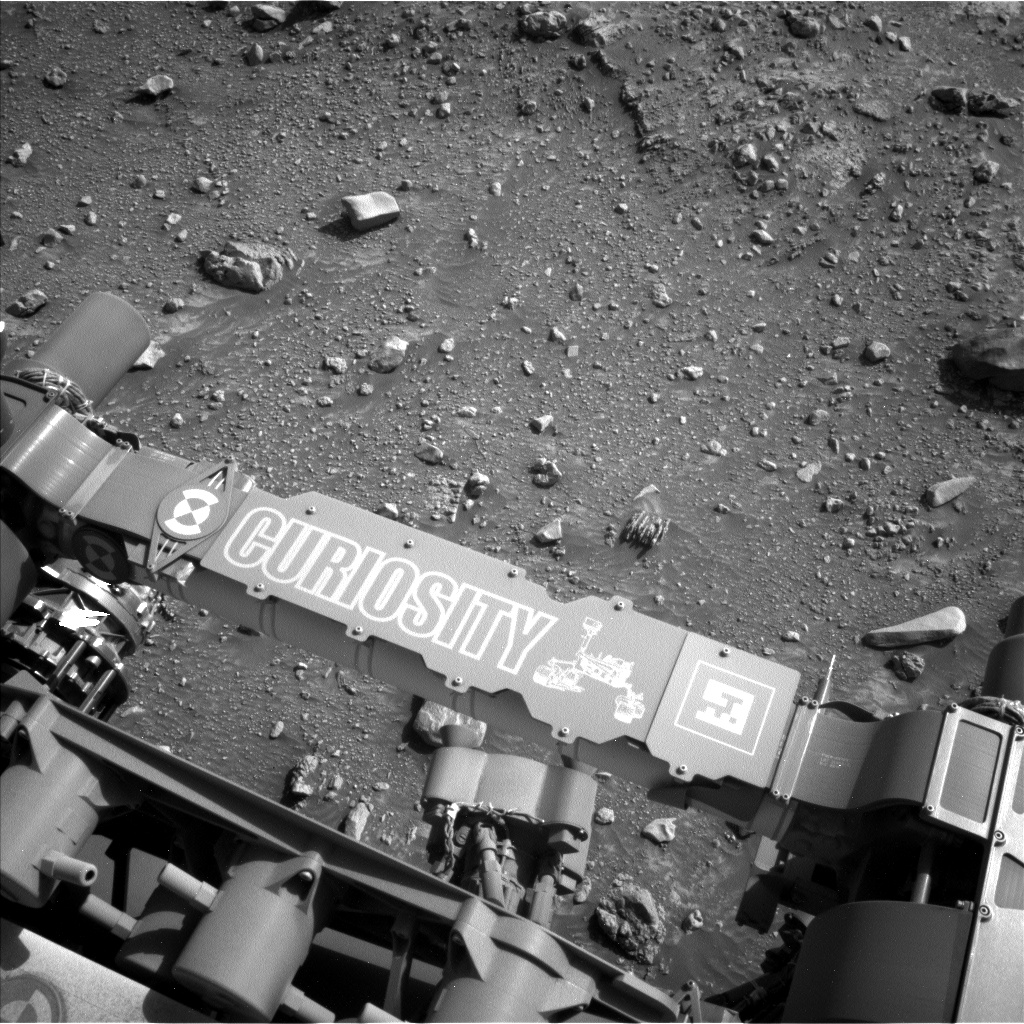Curiosity Navigation Curiosity Mission Overview Where is Curiosity? Mission Updates Science Overview Instruments Highlights Exploration Goals News and Features Multimedia Curiosity Raw Images Mars Resources Mars Missions Mars Sample Return Mars Perseverance Rover Mars Curiosity Rover MAVEN Mars Reconnaissance Orbiter Mars Odyssey More Mars Missions All Planets Mercury Venus Earth Mars Jupiter Saturn Uranus Neptune Pluto & Dwarf Planets 2 min read
Sols 4246-4247: Next Stop: Fairview Dome 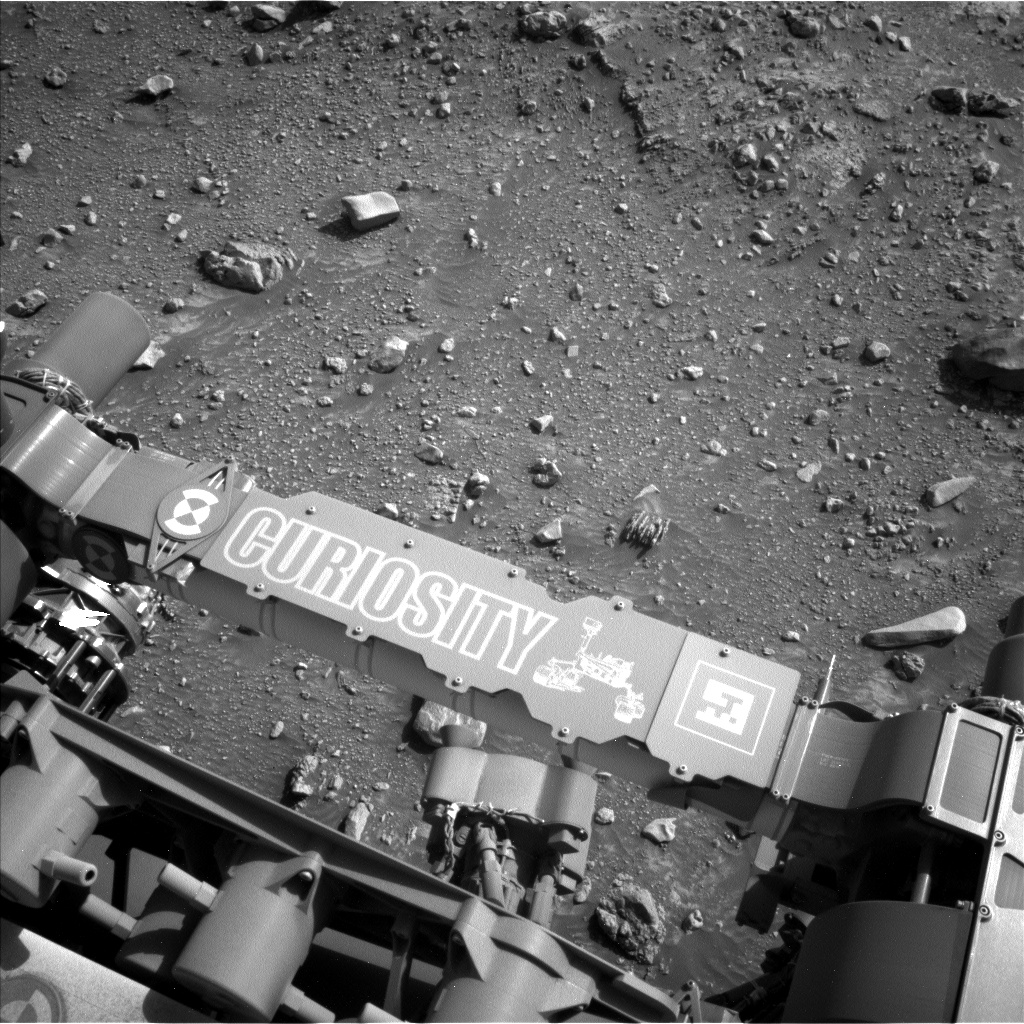 This image was taken by Left Navigation Camera onboard NASA’s Mars rover Curiosity on sol 4244 – Martian day 4,244 of the Mars Science Laboratory mission – July 14, 2024, at 21:12:47 UTC. The grooved rock at upper left in the image, in line between the rover and the lighter-colored, rectangular rock, has been nicknamed “Jack Main Canyon” and deemed a compelling science target for Curiosity to study. Earth planning date: Monday, July 15, 2024
This image was taken by Left Navigation Camera onboard NASA’s Mars rover Curiosity on sol 4244 – Martian day 4,244 of the Mars Science Laboratory mission – July 14, 2024, at 21:12:47 UTC. The grooved rock at upper left in the image, in line between the rover and the lighter-colored, rectangular rock, has been nicknamed “Jack Main Canyon” and deemed a compelling science target for Curiosity to study. Earth planning date: Monday, July 15, 2024
Summer is in full swing in the northern hemisphere here on Earth. Warmer temperatures and fair weather make for prime opportunities for road trips and enjoying the best of the outdoors. Summer is in full swing too for the southern hemisphere of Mars and Gale crater, where Curiosity is continuing its mini (make-your-own) road trip to “Fairview Dome.”
Recent exciting stops saw Curiosity enjoy “ice cream” and take a moment to “vug out” (imagination required as to what vuggin’ out could mean in the sense of a road trip!). The workspace Curiosity presented to the science team today did not leave many options for APXS and MAHLI. The team did ultimately decide on a suitable and compelling target to deploy Curiosity’s arm in the form of “Jack Main Canyon,” located just below and left of the apparently brighter and angular rock in the upper-left of the image.
Today’s plan kicked off with a lengthy DAN passive activity and imaging of the REMS UV sensor with MAHLI. APXS followed with a short measurement on Jack Main Canyon alongside usual imaging support from MAHLI. Morning measurements with APXS, referred to as touch-and-gos (or a hover-and-go in this case, since we did not actually touch Jack Main Canyon with APXS) have become less frequent recently as the summer season’s relatively warmer temperatures hinder APXS’s data quality. Also in the first sol of the plan, ChemCam’s laser analyzed a rock named “Budd Lake,” which was also captured by Mastcam. Mastcam additionally imaged “McGee Creek,” “Granite Park,” “Lamrack Col,” and conducted a sizable 49-image mosaic on “Red Devil Lake” to round out the bulk of the science planned today. Curiosity then completed a drive of about 24 meters (about 79 feet), which is expected to mark its arrival to Fairview Dome.
Written by Scott VanBommel, Planetary Scientist at Washington University
Details Last Updated Jul 16, 2024 Related Terms Blogs
Keep Exploring Discover More Topics From NASA Mars
Mars is the fourth planet from the Sun, and the seventh largest. It’s the only planet we know of inhabited…

Explore this collection of Mars images, videos, resources, PDFs, and toolkits. Discover valuable content designed to inform, educate, and inspire,…

Each robotic explorer sent to the Red Planet has its own unique capabilities driven by science. Many attributes of a…

Mars Exploration: Science Goals
The key to understanding the past, present or future potential for life on Mars can be found in NASA’s four…


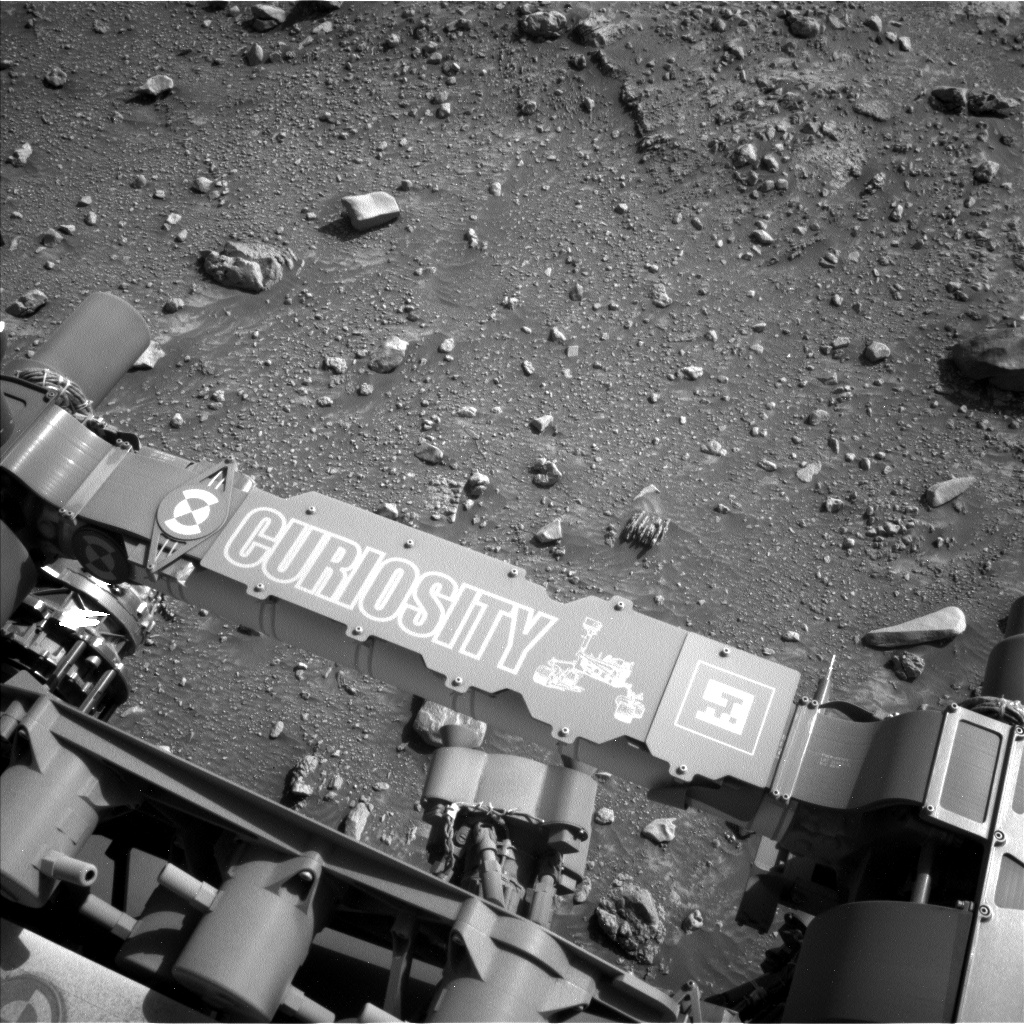
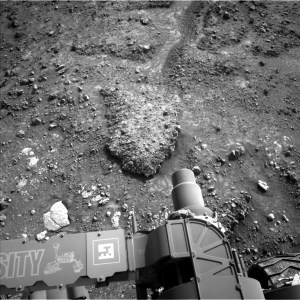 3 min read Sols 4243-4245: Exploring Stubblefield Canyon
3 min read Sols 4243-4245: Exploring Stubblefield Canyon
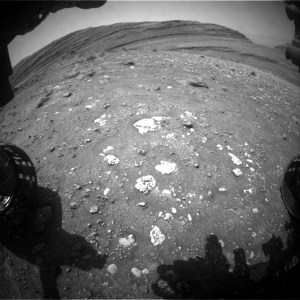 2 min read Sols 4241–4242: We Can’t Go Around It…We’ve Got To Go Through It!
2 min read Sols 4241–4242: We Can’t Go Around It…We’ve Got To Go Through It!
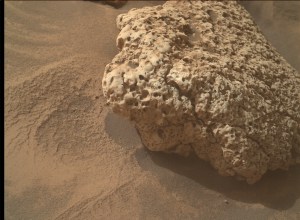 2 min read Sols 4239-4240: ‘Vuggin’ Out’
2 min read Sols 4239-4240: ‘Vuggin’ Out’
